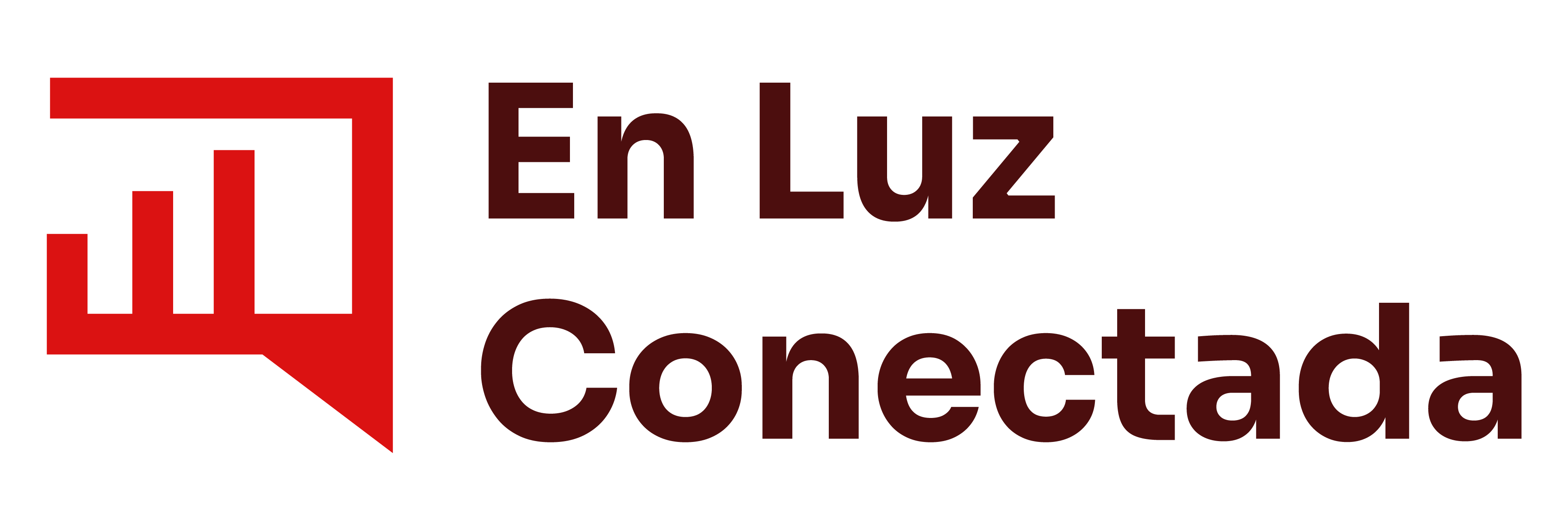Have you ever wondered why some people sail through the loan application process while others struggle to get approved? Understanding how to apply for a loan is not just about filling out an application; it requires a clear grasp of the entire process. This section outlines the essential steps involved in applying for a loan in New Zealand, ensuring that the reader is well-prepared for what lies ahead.
*You will stay on the same site.
This article aims to provide a comprehensive overview, detailing how to navigate the loan application process effectively. From determining individual loan needs to submitting the final application, being informed can significantly enhance one’s chances of success. Each following section will delve deeper into critical factors that can influence both approval and terms, allowing borrowers to approach their financial decisions with confidence.
Understanding the Loan Application Process
The loan application process involves several critical stages, each designed to help individuals secure the financing they need. Understanding this process can significantly enhance the likelihood of approval. It typically starts with pre-qualification, where potential borrowers assess their eligibility based on basic information like income and credit score.
Different types of loans are available, primarily personal loans, home loans, and auto loans. Each of these loans comes with specific loan requirements that potential borrowers need to meet. For example, a personal loan application process might require less documentation than a home loan, which could involve more strict criteria such as property appraisal and income verification.
Throughout the journey of obtaining a loan, applicants must remain diligent in providing accurate and complete information. This precision greatly influences the approval rate during the loan application process. Furthermore, being aware of these requirements can help streamline the overall experience, making it easier to secure the necessary funds.
Determining Your Loan Needs
When considering applying for a loan, it is crucial to thoroughly evaluate loan needs. Understanding personal financial goals plays a significant role in determining the appropriate loan amount. Key factors include current income, expenses, and long-term objectives such as purchasing a home or funding higher education.
Action map to plan and request a loan with organisation
Loan terms and repayments at BNZ
Leads through calculation cost review
*You will stay on the same site.
Creating a budget can assist individuals in identifying how much they can afford to borrow. This assessment will clarify the best loans to apply for by tailoring options to fit specific financial circumstances. Analyzing repayment capabilities ensures borrowers do not take on excessive debt, fostering financial stability in the long run.
Researching Lenders in New Zealand
Researching lenders in New Zealand is a crucial step in the loan application process. Potential borrowers should take time to compare various lenders based on interest rates, fees, and loan terms. Different lenders may offer a range of options suited to individual financial situations. Each lender has its unique set of loan approval criteria, so understanding these factors can significantly impact the overall approval process.
Evaluating lender reputations plays a vital role in ensuring a satisfactory borrowing experience. Customer reviews provide valuable insight into service quality and compliance with regulatory standards. Lenders known for transparency and ethical practices tend to yield higher borrower satisfaction rates. Researching lenders thoroughly can empower individuals, guiding them toward making informed decisions and increasing the likelihood of successful loan applications. To enhance this process, consider utilizing loan application tips from trusted financial resources.
Lean route to simulate and request a loa
Compare loan scenarios at Kiwibank
Guides to use the loan calculator review terms and organise document
*You will stay on the same site.
Preparing Necessary Documentation
Completing online loan applications requires careful attention to the necessary documentation. Key documents typically include proof of income, credit history, and identification. Accurate and comprehensive documentation helps streamline the loan process, ensuring that applicants meet loan requirements set by lenders.
Digital documentation options are increasingly available, making it easier for borrowers to gather and submit required paperwork for online loan applications. Utilizing online platforms to upload documents can expedite the application process. Research indicates that borrowers who provide complete documentation often experience faster approval rates. According to the New Zealand Productivity Commission, having all necessary paperwork prepared can significantly enhance the chances of timely loan processing.
When preparing necessary documentation, individuals should double-check all entries to ensure accuracy. This attention to detail not only facilitates compliance with loan requirements but also builds trust with potential lenders. Effective preparation can lead to a smoother and more efficient application experience, ultimately contributing to favorable loan outcomes.
Careful method to prepare a loan
Estimate repayments at TSB
cExplains how to use a loan calculator review detail
*You will stay on the same site.
Understanding Interest Rates and Fees
Understanding interest rates is crucial for anyone navigating the loan application process. Interest rates determine the cost of borrowing money and can significantly affect total repayment amounts. Fixed interest rates provide stability, ensuring monthly payments remain constant throughout the loan term. In contrast, variable interest rates fluctuate with market conditions, potentially leading to reduced payments or increased costs over time.
Loan fees also play a vital role in the overall expense of a loan. Common fees include origination fees, which cover processing costs, and prepayment penalties, charged when a borrower pays off a loan early. Understanding these loan fees allows borrowers to make informed decisions and helps in determining the true cost of a loan. By carefully evaluating interest rates and associated fees, individuals increase their chances of effectively managing their loans and achieving financial goals.
Completing the Loan Application
Completing the loan application is a critical stage in the personal loan application process. Applicants should begin by gathering all required information, including personal identification, financial details, and employment history. Accurate and comprehensive entries in the application form significantly enhance the likelihood of loan approval. Applicants must take their time to ensure all sections are filled out correctly, as common mistakes can lead to delays or rejections.
Loan application tips suggest focusing on clarity and honesty when providing information. If there’s any uncertainty about a particular section, seeking clarification from the lender can prevent misinterpretations. Special attention should be paid to financial data, ensuring that income and expenses are presented realistically. Missing or incorrect details can hinder the approval timeline.
After completing the application, it is advisable to double-check all entries for accuracy. Even minor errors may cause complications in processing. The final step involves submitting the completed application; each lender may have different submission requirements, which should be verified beforehand. Following these guidelines can streamline the personal loan application process and lead to quicker approvals.
Submitting the Loan Application
Submitting the loan application marks a crucial step in securing funds. Individuals must ensure that all required documentation is included to avoid any delays in the loan application process. A thorough review of the application can prevent common errors that lead to setbacks. Double-checking spelling, numbers, and required fields will streamline the processing time.
After submitting the loan application, monitoring its status becomes essential. Applicants should utilize any online tools provided by lenders to track progress. Maintaining communication with the lender can enhance the experience, offering clarity on expected timelines and potential issues. Proactive follow-up is advisable to foster good communication, which can expedite resolutions if any complications arise.









